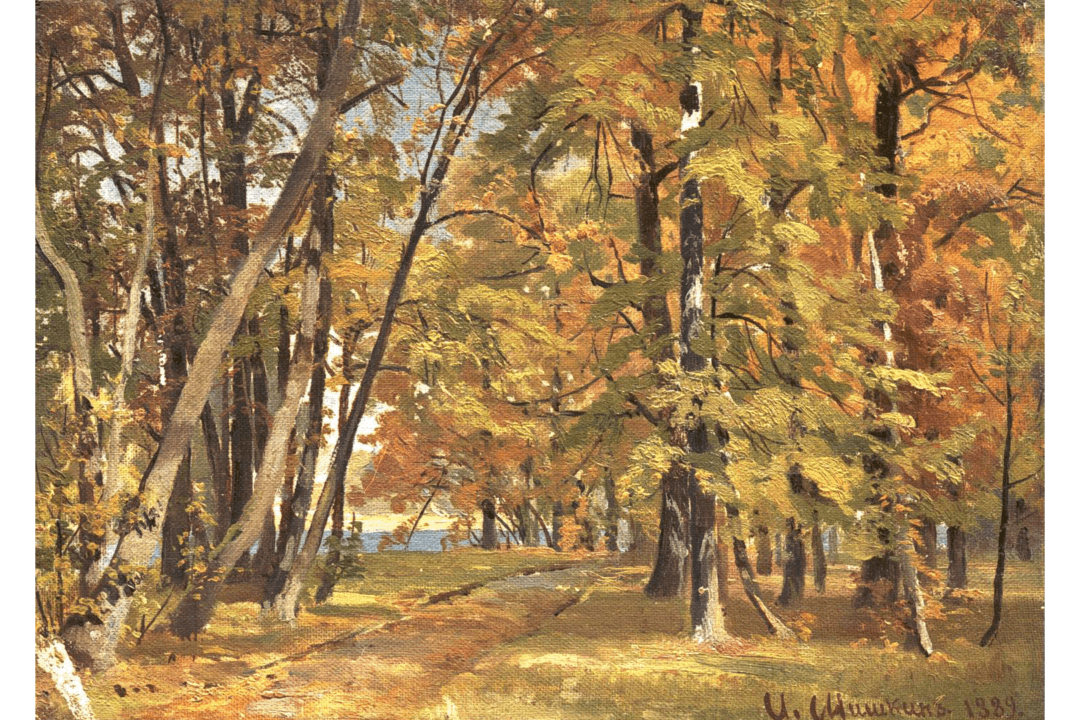When we fail, our natural desire is to hide from our failures, hoping they will disappear. Yet in his short story “The Last Leaf,” O. Henry demonstrates through a young woman named Johnsy that no matter what we have done, we can heal ourselves from our worst sicknesses by facing our failures.
Johnsy (or Joanna) lives with her new friend Sue in the New York neighborhood of Greenwich Village. Finding that they have much in common, these two young women decide to share a studio and make a living through art.






